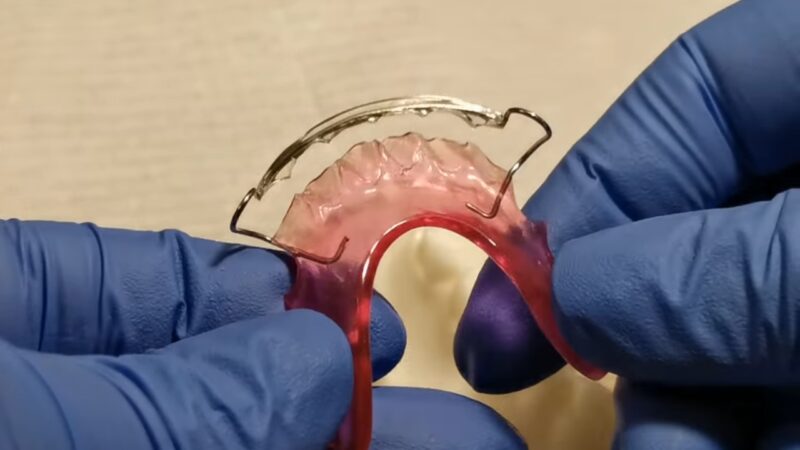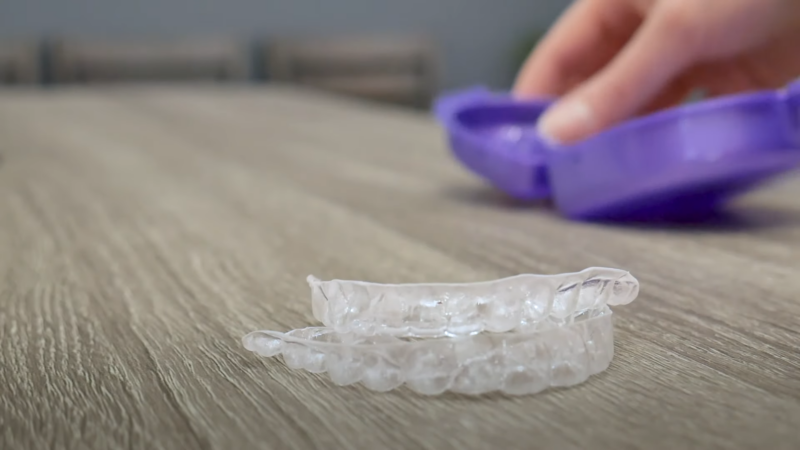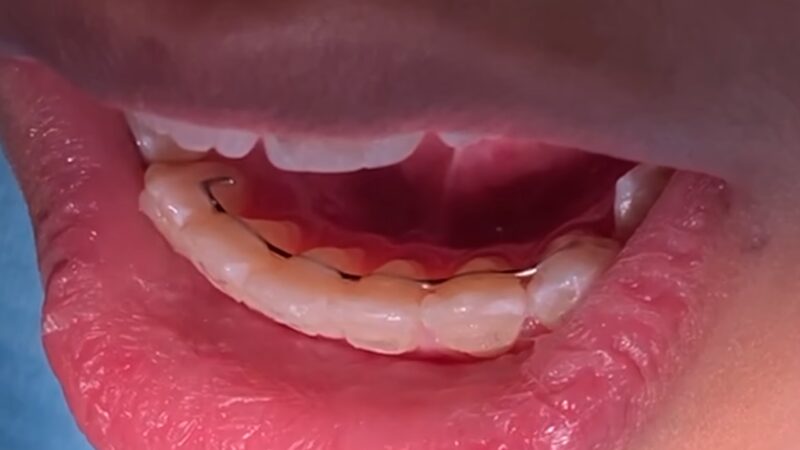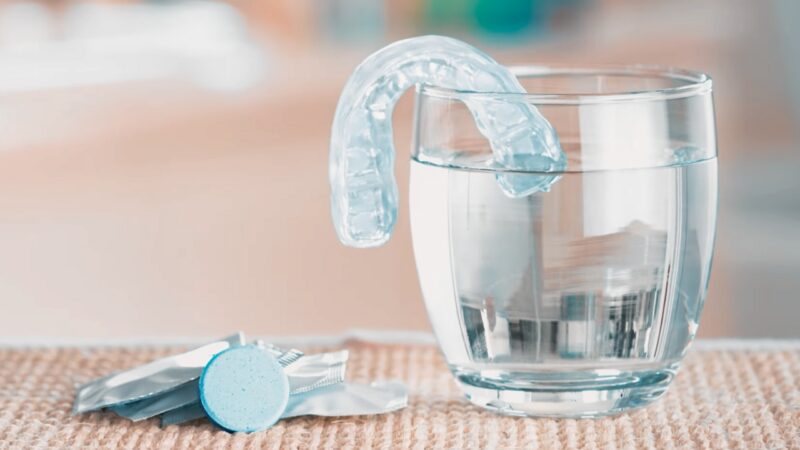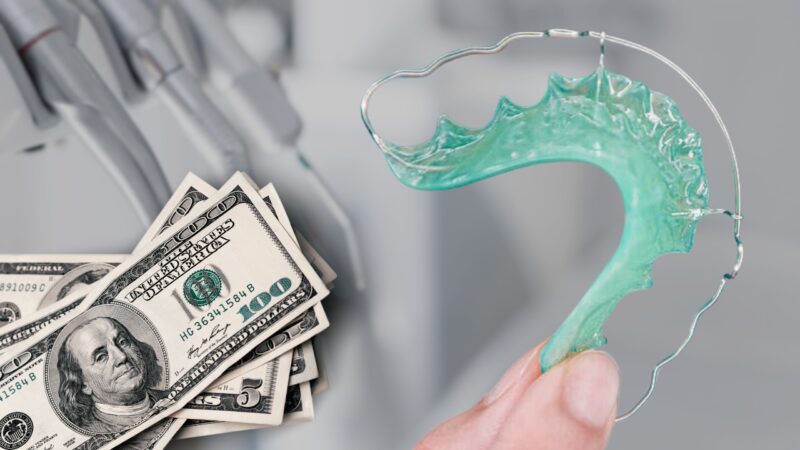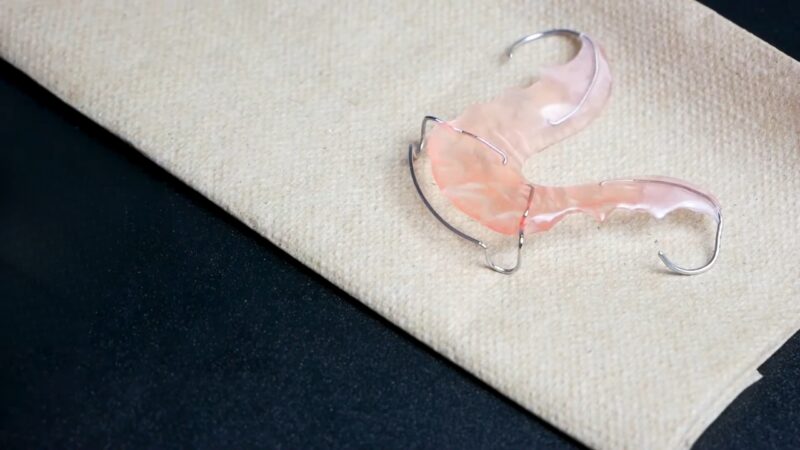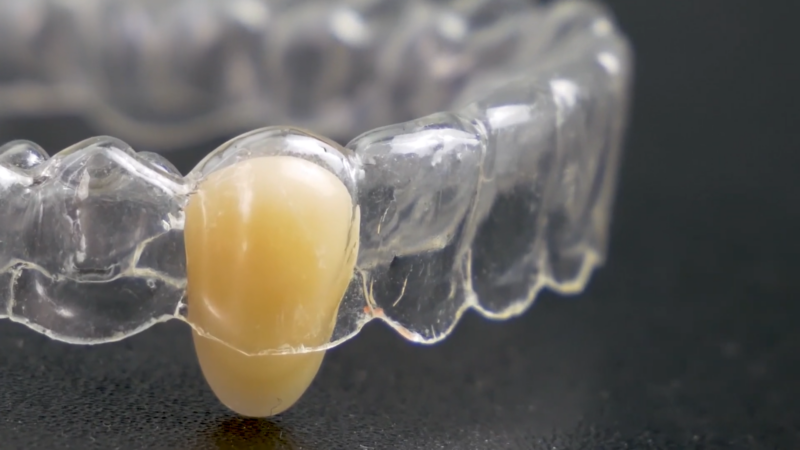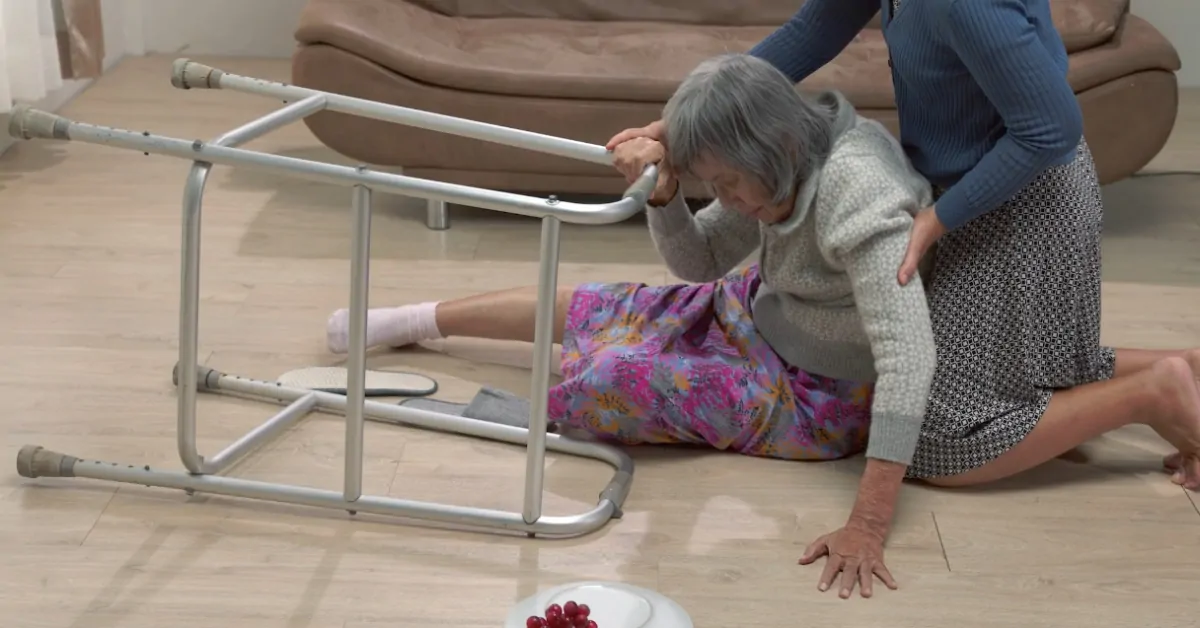So all that time spent in braces paid off – until you realize your perfect pearly set could shift without some insurance! Retainers ensure those straightened chompers stay on track long term. But budgets matter too, so how much does protecting that beautiful new grin cost?
Prices vary wildly depending on material, type, location – orthodontist vs online, etc. Your options are Hawley, Essix plastic, clear or nigh invisible, online or onsite. Factors like lab costs or fancy materials jack up prices.
In the end, protecting your confidence and dental health is priceless! Worth a minor investment to flash that perfect result for many more years to come.
Table of Contents
Toggle3 Different Types of Retainers
Retainers are generally categorized into three main groups: Hawley retainers, clear plastic retainers, and permanent retainers. Each has its own profile and pricing factors to explore.
1. Hawley Retainers
Made with a metal wire and acrylic plate, Hawley retainers are adjustable and durable. They typically cost $150-$300. As they can last 5-10 years with care, they provide good long-term value.
2. Clear Plastic Retainers
Essix and Vivera retainers offer transparency over Hawley styles. Essix costs $100-$300 while Vivera sets are $400-$1,000, replacing every 6 months to 3 years depending on wear.
3. Permanent Retainers
Secured with wire along the back teeth, permanent retainers are more expensive at $150-$500. Though lasting many years, occasional adjustments may add to their total cost over time.
How Much Do Retainers Cost Around the World?
| Country | Retainer Type | Max Cost |
|---|---|---|
| U.S./Canada | Hawley | 300 |
| U.S./Canada | Essix/Vivera | 1000 |
| U.S./Canada | Permanent | 500 |
| U.K. | Hawley | 250 |
| U.K. | Essix/Vivera | 300 |
| France/Italy | Hawley | 350 |
| France/Italy | Essix/Vivera | 350 |
| Scandinavia (Norway) | Any Type | 5000 |
| Germany | Hawley | 300 |
| Germany | Essix/Vivera | 300 |
| Germany | Permanent | 500 |
Retainer prices can vary considerably between countries due to differing healthcare systems and economic climates. In the U.S. and Canada, costs tend to be higher with less government assistance. Traditional Hawley retainers typically range from $150-300 USD/CAD, while plastic Essix or Vivera types span $100-1000. Permanents fall in the $150-500 range.
European expenditures also fluctuate per nation. In the U.K., expect £150-250 for Hawleys or £100-300 for clarity. France and Italy tally €100-350 usually. Scandinavia sees higher costs from robust healthcare – NOK 1500-5000 in Norway. However, their dental clinics, such as Tannlegteam, are known for securing patients with the highest security, and the best results.
Germany demonstrates how public support impacts prices. With dental insurance subsidization, bills are reduced to €150-300, €100-300, and €200-500 respectively. Out-of-pocket costs are lower versus privatized nations like across the pond.
For those looking for a more permanent smile enhancement, veneers offer a fantastic option for a complete smile makeover.
In Dubai, veneer treatments have become increasingly popular, with clinics offering high-quality services using advanced materials like porcelain and composite resin.
Veneers are custom-made shells placed over the front surface of teeth to improve appearance, correcting issues such as discoloration, gaps, or uneven teeth.
Replacement is a Reality, but Proper Care Helps
If damaged, lost, or excessively worn, retainers may need replacing. Costs vary significantly based on type – Hawley and plastic typically range from $100-800 while permanents equal initial fees.
Regular cleaning is key for removable models. Avoiding heat helps prevent warping plastic over time. With permanents, diligent brushing and flossing around wires ensures intact bonding material. Routine dental exams also monitor retention.
Replacement insurance coverage varies, so understanding policies is important. Some may offset costs in certain situations. Overall, preventative habits like cleaning extend retainers’ usable life span, potentially avoiding replacement costs down the road.
How Insurance Can Help?
Coverage for retainers differs between insurance plans. Some provide partial payment, especially retainers required after orthodontics. However, replacement devices may not always qualify, with limitations like waiting periods or doctor pre-authorization needed first.
In places like Las Vegas, retainer costs can range between $3,000 to $10,000, making it important to verify the extent of insurance coverage.
Health savings accounts and flexible spending arrangements also offer tax-advantaged funding options for necessary retainer costs. Clear communication between patients and insurers ensures individual coverage details are understood. This confirms realistic expectations and responsibilities for long-term retention affordability.
A Few Factors That Can Impact Retainer Costs
Who you get them from makes a difference – orthodontists offer custom fittings but likely charge more than online companies.
The type you need is also a factor – clear plastic may seem cheaper upfront but will need replacing regularly so ends up costing more than wires or permanent retainers in the long run.
Dental insurance might chip in on the price if part of braces treatment. If not, some places let you pay in installments over time to spread the cost out.
It’s good to check costs from a few places to find the best deal for your situation. Asking questions helps understand options and figure out what will work with your budget. Taking care of them properly helps ensure they last as long as possible too.
Ensure Retainers Last as Long as Possible
There are some important factors that determine the lifespan of your retainer before it needs replacing. Understanding these can help you care for it properly.
The material your retainer is made from strongly affects its durability. Options like Hawley retainers with plastic and wire are very sturdy if well-maintained. While clear plastic may be cheaper initially, it is more brittle over time and often needs replacing every 12-18 months. Choosing a durable material means it will serve you longer.
Several other factors come into play regarding care beyond careful handling. According to Dobie Revolution Orthodontics, a leading orthodontist in Hamden, it is best practice to routinely clean and even soak your retainer in a cleaning solution, as well as keep it away from areas that tend to get hot and that might be accessible to pets.
Like your real teeth, good hygiene is key for your retainer’s health. Brush and floss daily to remove debris building up over months. Regular dental cleanings further eliminate anything brushed away. Keeping it clean maximizes its lifespan.
Some habits may add wear, so avoiding issues when possible makes sense. For example, protect it from grinding or hard foods excessively.
Following the orthodontist’s guidance ensures the best care over the long run. Together you can monitor its condition and make small adjustments to safeguard proper function for years to come.
The Bottom Line
After braces come off, retainers are crucial to keep teeth in their new positions. While they may cost a few hundred dollars, learning the options makes the expense worth it. Speaking to your orthodontist about material types like Hawley, clear plastic or bonded ones helps you pick the best fit.
Insurance coverage and health accounts are also worth checking to offset costs. Retainers invest in low-cost long-term success by preventing pricey treatment if teeth shift.
No matter which you use, regular care keeps it working hard for years like wearing it as directed, daily cleaning, and routine dental check-ups. This maintains the retainer’s good condition so it keeps doing its job of upholding your straight smile.
Related Posts:
- Omaha Population 2025 - Stats You Should Know
- 12 Stats About Chicago’s Population in 2025 You Should Know
- Adult Inactivity Outside of Work - 10 Stats You Should Know
- Are You Relying Too Much on Meds to Get Through the…
- US States with the Highest and Lowest Dental Care…
- How Much Does a Wedding Cost in the United States in 2025?



